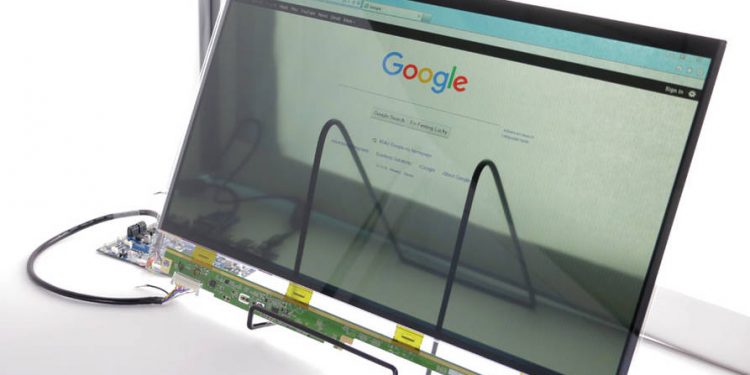Displays TFT in modern technology

TFT displays are now a part of everyday life. These are found everywhere, including industrial applications and general consumer products. Most of the LCD technology available in the market today consists of some form of TFT display. There are good reasons for this, as TFT displays are currently the most advanced form of LCD.
TFT displays are manufactured differently than traditional silicon wafer technology used in early LCD display systems. TFTs operate using transistors made of thin films of silicon that are deposited directly into a panel at the glass level. TFT means thin film transistor, due to the production process. In TFT, each transistor forms a single color pixel that is directly controlled by a small electric current.
Having a smaller control current for TFTs means there is less electrical cross stock between individual circuits. In addition, transistors using TFTs can change their state very quickly. This means that TFT displays have better response time, better clarity, and increased brightness than other methods.
TFT modules and miniaturization have allowed TFTs to be taken to new levels. These devices are now being made to fit on any type of device. These TFT displays are frequently used in mobile devices and other devices where a small, compact screen is required.
TFT modules used in consumer applications typically have a screen, a housing, and a control board such as VGA input. Also, TFTs have a converter that converts an input signal that matches the screen. This type of TFT display can support backlight and touch screen systems.
Most LCD screens on the market today are TFT in one form or another. Screen sizes can range from very small to 2.5 inches to large high-definition television screens. Many devices currently use TFT displays.
For example, cellular telephones do not show anything they did ten to fifteen years ago. Also, smartphones are able to use TFT to display information similar to a computer screen. This is because their screens are so bright and clear. Also, touch screen technology helps take interactivity to new levels.
There are many other technologies that use TFTs. Camcorder displays, book readers, video game consoles, ATM machines, remote control displays, GPS, and printer displays all now use TFT displays as the primary method for displaying media to users.
Technology is even used in sports through fish finders and GPS systems. There are currently some appliances that use TFT displays to show their owners information about temperature, cooking time, and other things. These displays are even being designed to allow touch screen interaction.
Industrial uses for TFTs include patient observation machines, point-of-sale machines, and other uses.
As you can see, modern TFTs have many uses. These are a very effective way to display media across a variety of devices and systems. TFTs are becoming the fastest and easiest way to keep a small display on a display system. The TFT system is certainly here to stay as the world’s primary display technology.
